KlangBildKlang was developed with a consistent eye to those things that unite audiences and art. The idea was to go out into the city and its public spaces to perform, play, and present art and music right where people are, opening up new settings alongside familiar venues. In searching for performance locations, special attention was therefore paid to finding the fitting atmosphere for each and every event. Important here was how the spaces would interact with the respective project coordinators, their needs, and their ideas. These needs were responded to in an intuitive manner: a water-related event, for example, was scheduled to take place at the Alte Schieberkammer, a decommissioned structure that was once part of a municipal service reservoir. For all of KlangBildKlang’s events, the conscious decision was made to go beyond places where concert audiences typically already congregate and cultural mediation activities are expected—venues like the major concert halls, museums, mdw event spaces, etc.—and occupy further spaces that might not evoke any association with the mdw at first glance. A look at some of these events and their locations can serve to make this approach all the clearer.
The KlangBildKlang “Songs for the changing seasons” event is set to take place as part of the first edition of the climate festival Klima Biennale Wien at its location on the grounds of the former Nordwestbahnhof. Ever since this former freight yard was decoupled from the rail network in 2021, it has seen sustainable use for just such festivals and events and will continue to do so until ground is broken here on a new urban development zone in 2033.
CAPE 10
Such examples show how innovative ideas were consistently in focus in the selection of performance locations. This is even more emphatically the case in an interactive concert experience that will take place in May at the education centre Bildungszentrum Simmering and in the event “Klingende Bilder” [Resounding Images], which will be held at schools in the district of Favoriten as well as at CAPE 10.
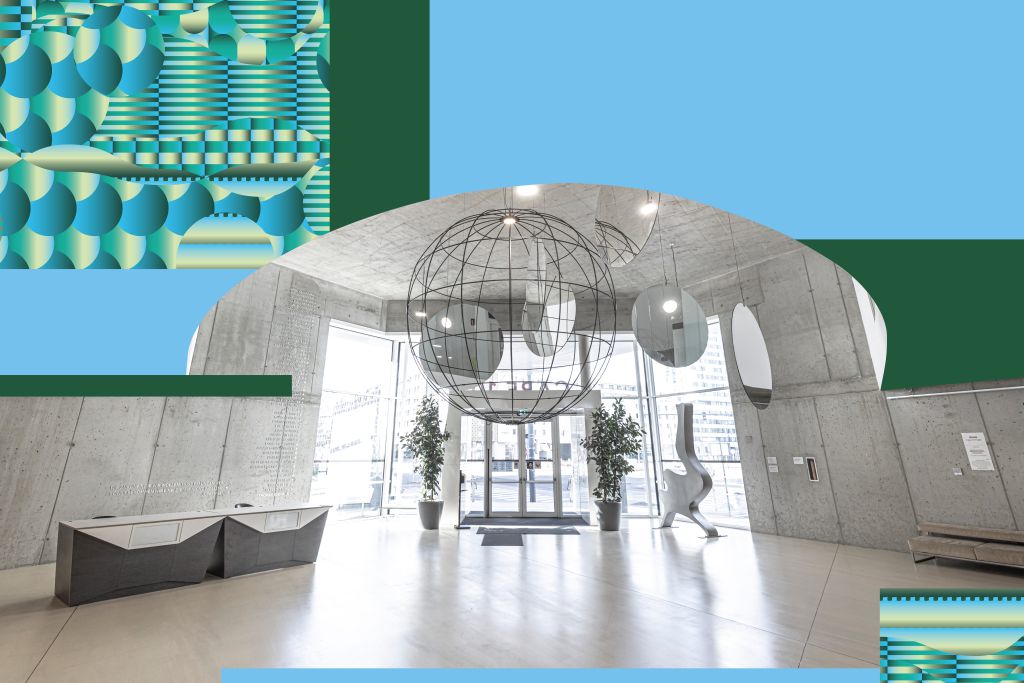
Cooperating with CAPE 10, a community gathering place and a modern centre for social and healthcare services in Favoriten’s Sonnwendviertel neighbourhood, was a deliberate choice for KlangBildKlang due to CAPE 10’s central mission of providing maximally low-threshold access to various arts and cultural programmes as well as continuing education offerings.
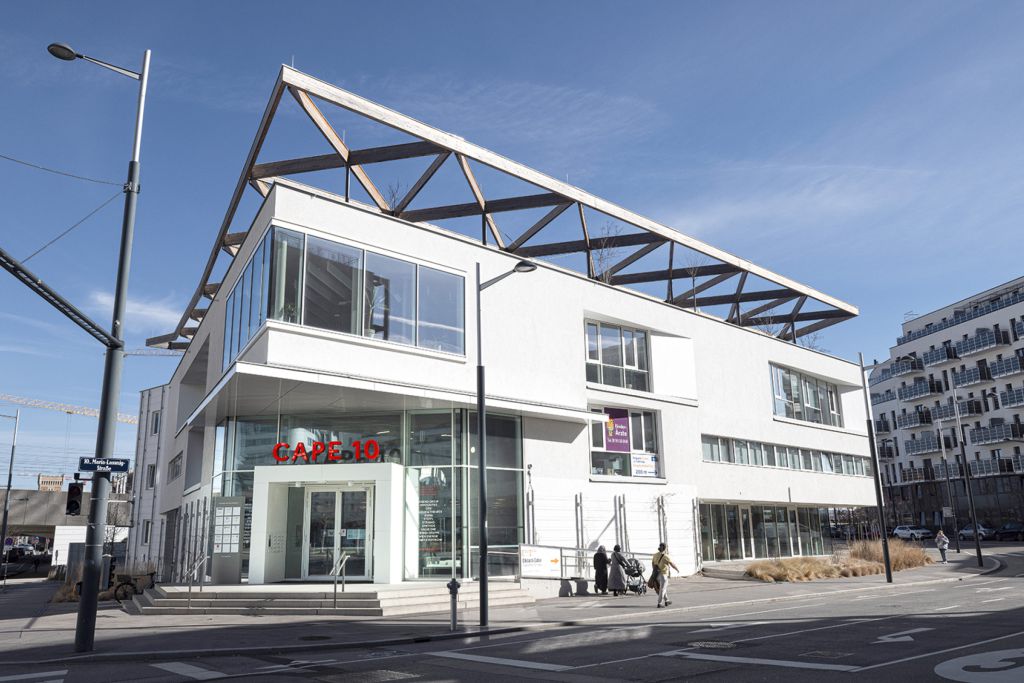
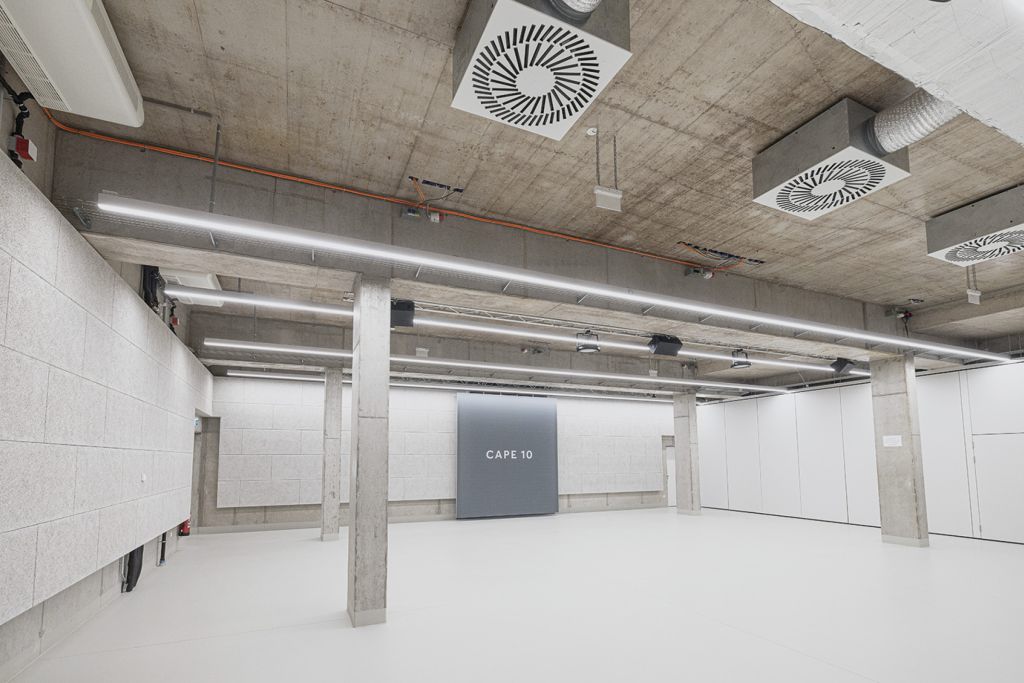
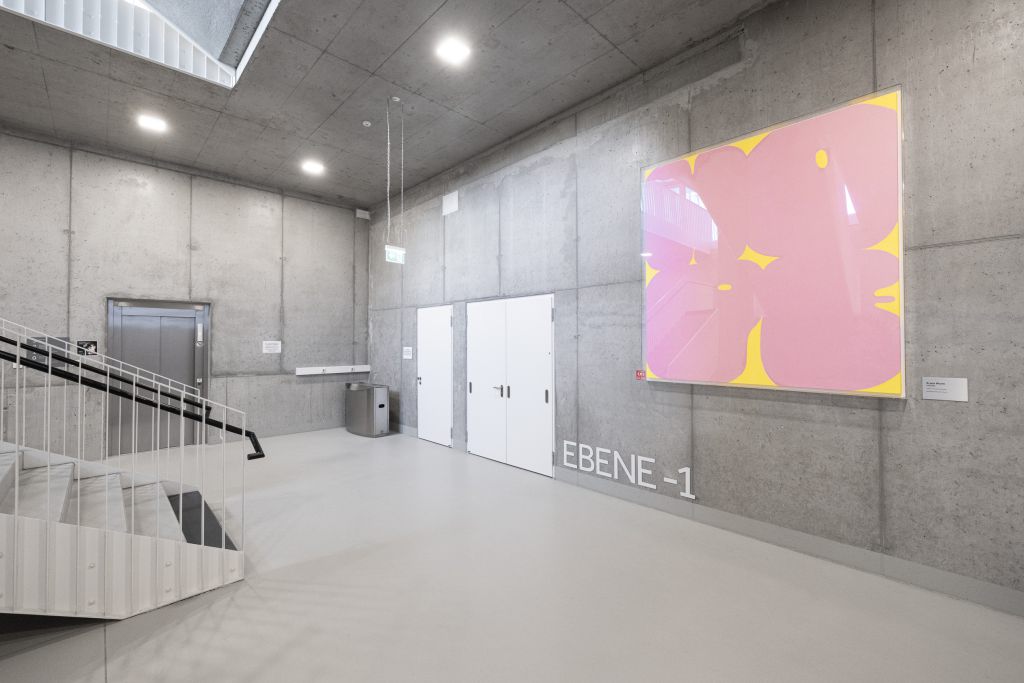
CAPE 10 also places a consistent emphasis on social integration: this “House of Good Hope” deliberately bears a name reminiscent of the Cape of Good Hope in South Africa and now houses the offices of social organisations with ample space for events beneath the same roof.
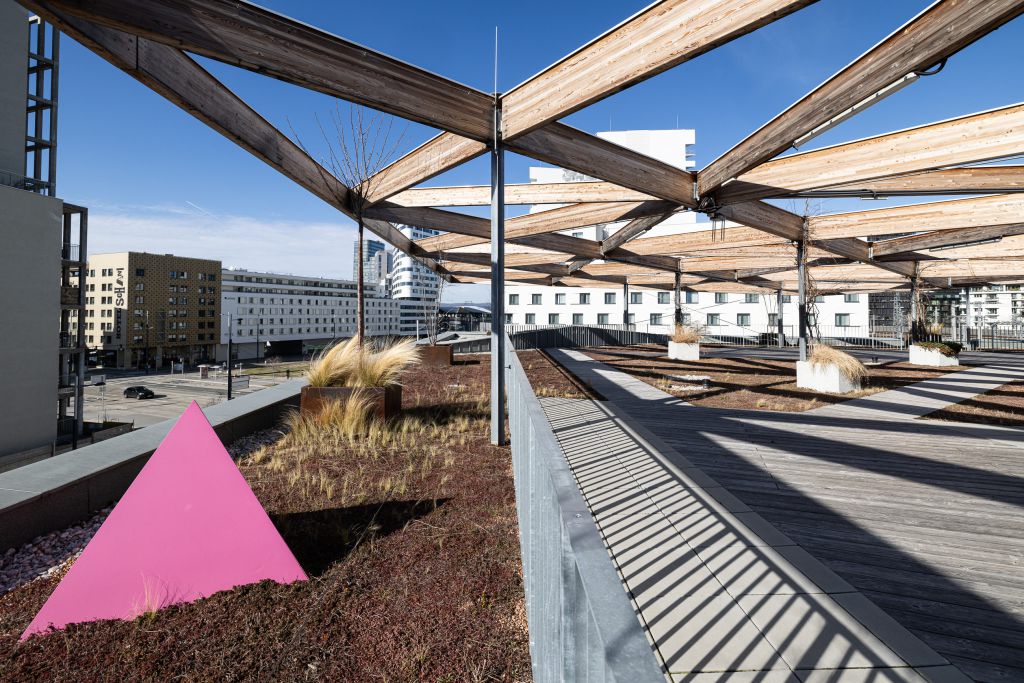
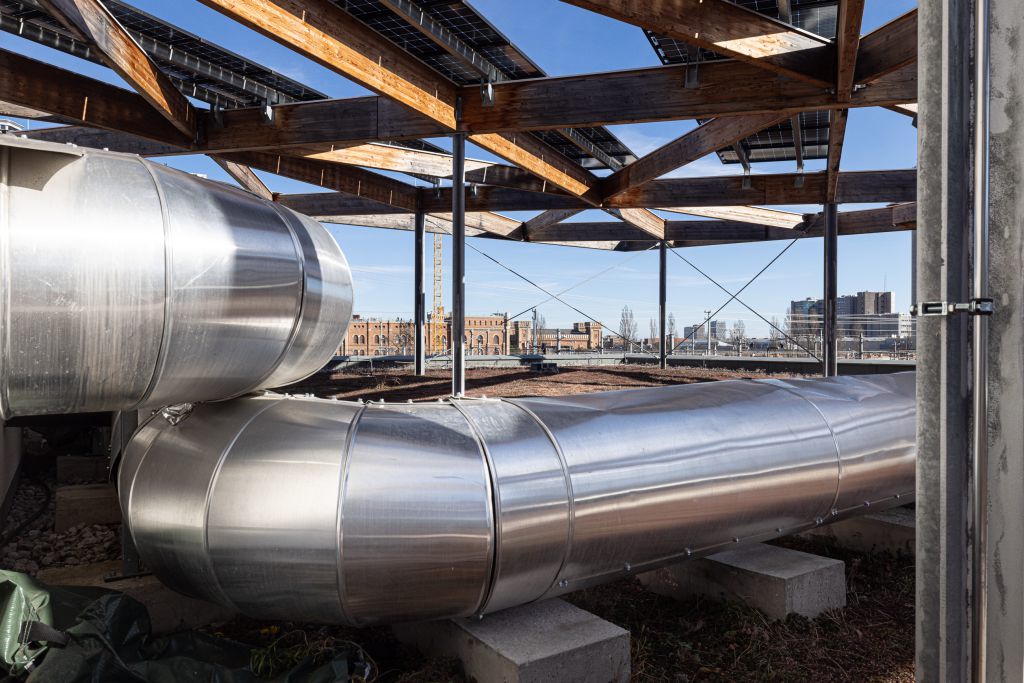
Alte Schieberkammer
Just like CAPE 10, the Alte Schieberkammer in the 15th district is located in a densely built-up residential area. This historic building was put up between 1870 and 1873 as part of the Schmelz Service Reservoir, which was itself part of the First Vienna Mountain Spring Pipeline system.
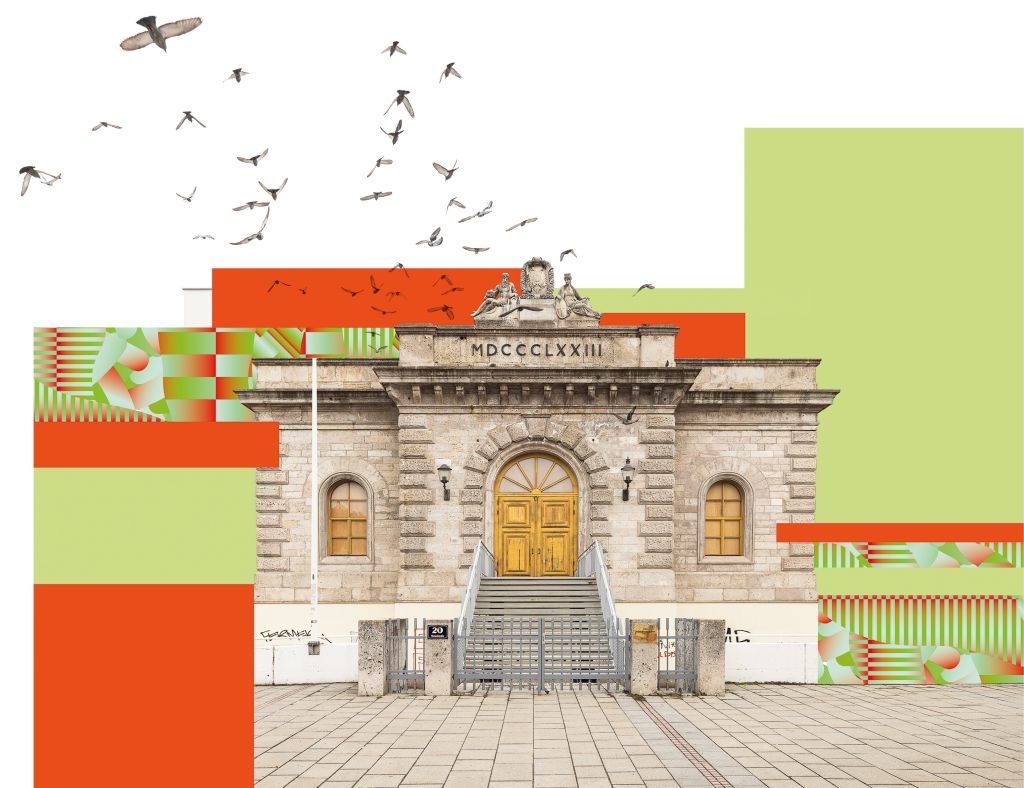
The structure was completely restored in the early 1990s and has been used as an event centre since 1995. Being located directly atop the Johnstraße underground station, the Alte Schieberkammer is easily reached via public transportation and has become a popular location especially for water-themed events.
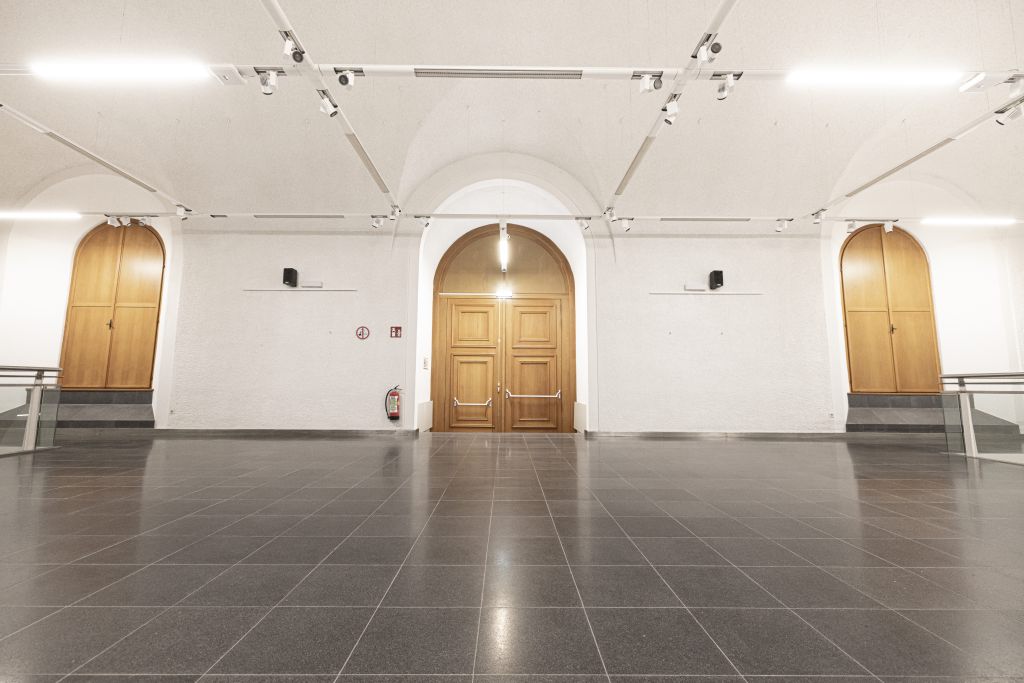
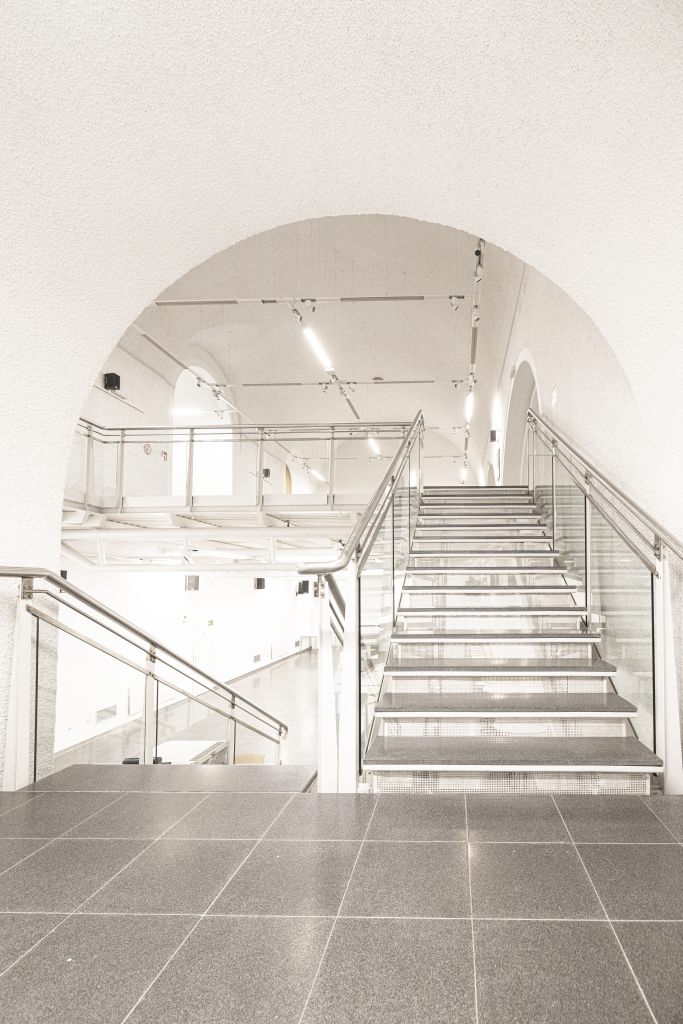
Those who attend the KlangBildKlang event “EIN.TAUCHEN – Salieri on the Go” will enjoy an artistic experience of water as a live-giving and constantly changing element in atmospherically appropriate historic surroundings.
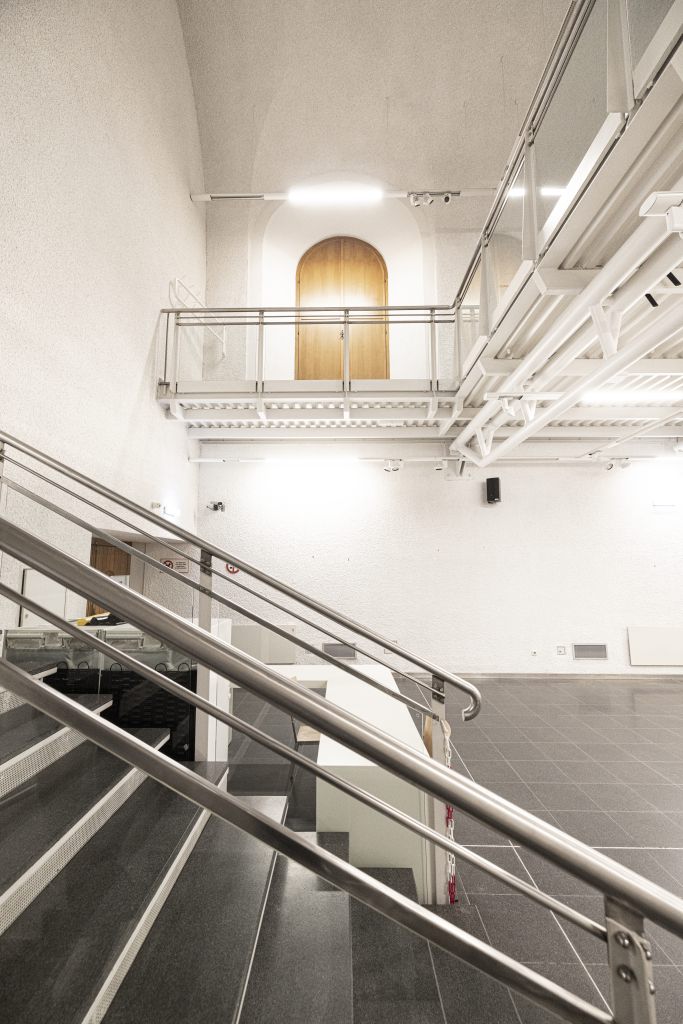
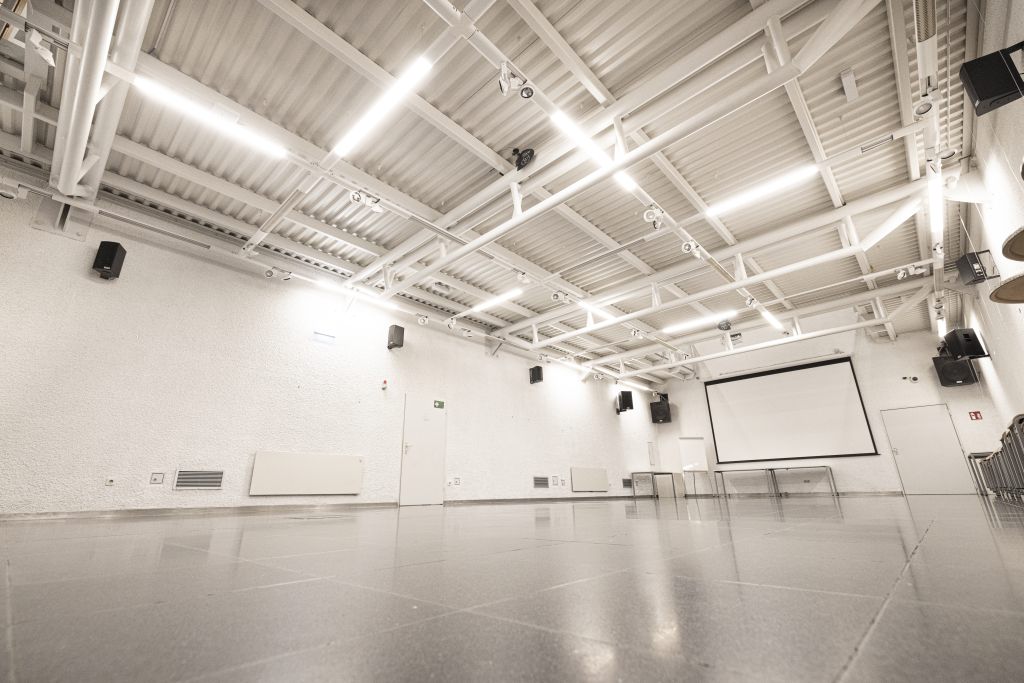
Badeschiff
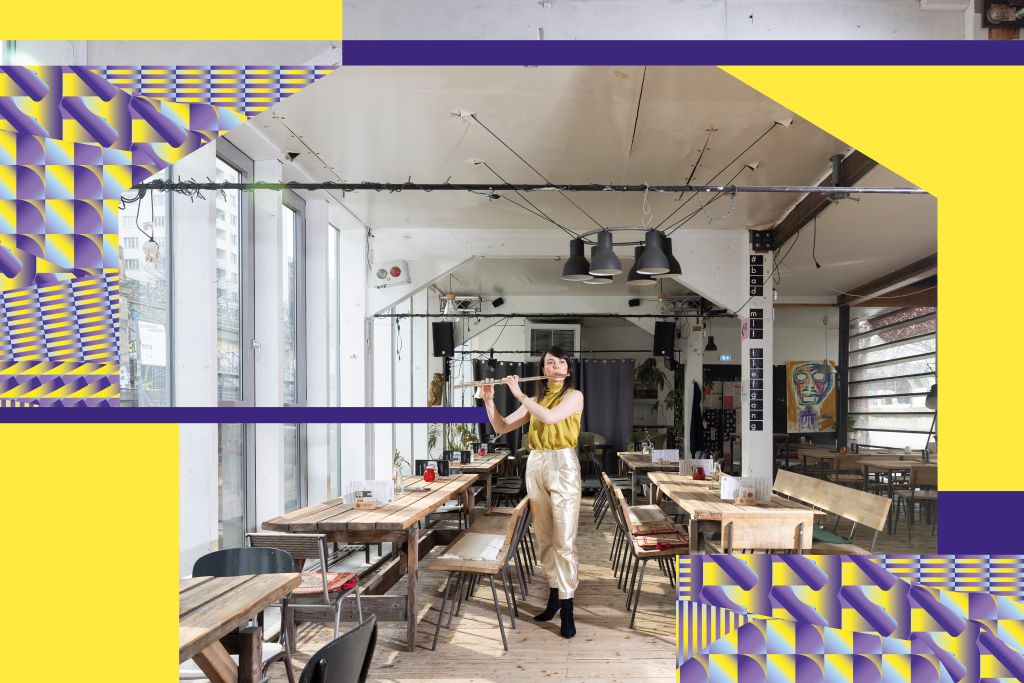
Also water-related is, of course, the public-swimming-pool-on-a-boat known as the Badeschiff [Bathing Ship], which lies at anchor between Schwedenplatz and the Urania on the right bank of the Danube Canal and hence at the centre of town. In May, the Badeschiff will host an interactive and inclusive literary café.
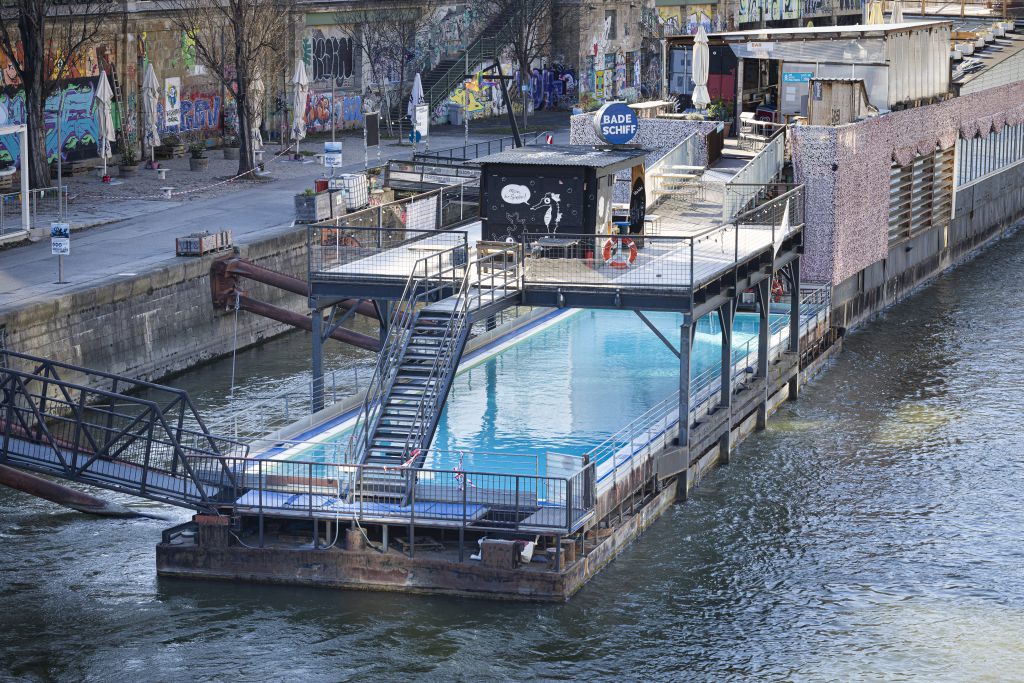
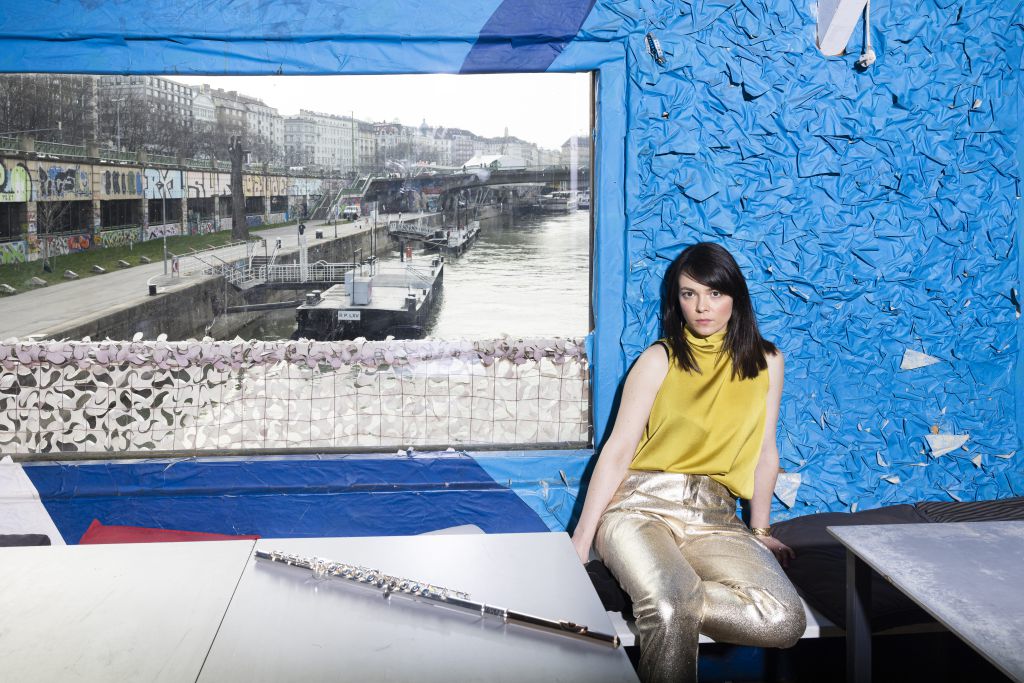
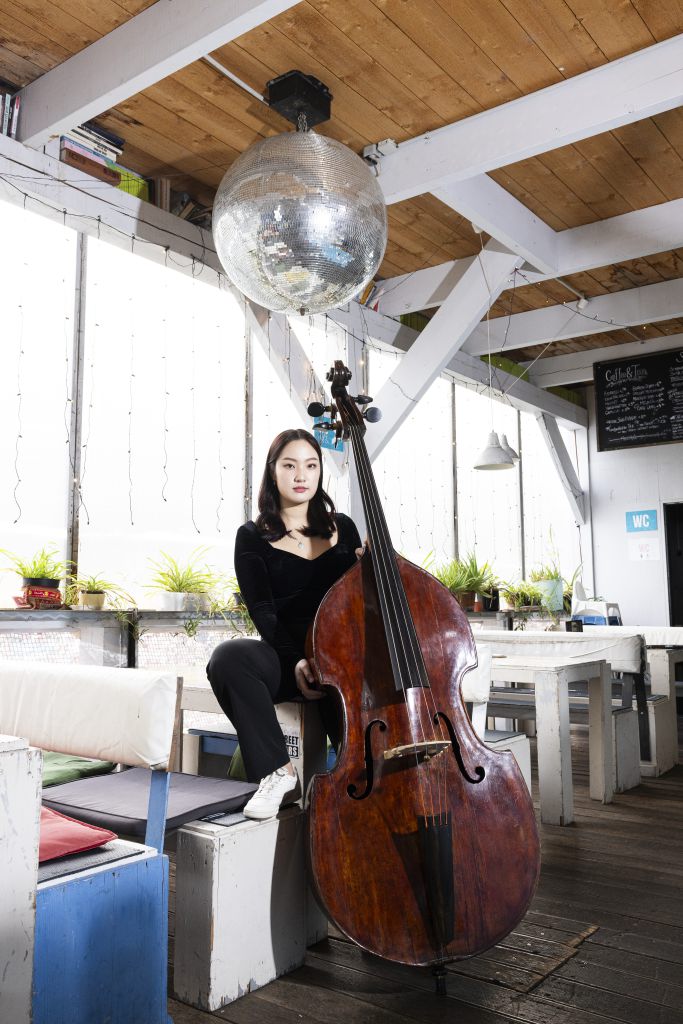
In contrast to what the name Badeschiff might suggest, this popular location hosts abundant cultural and leisure offerings in the wintertime—with ice-swimming and ice stock sport—as well as during the summer, making for exceptionally broad year-round programming that attracts young and old alike.
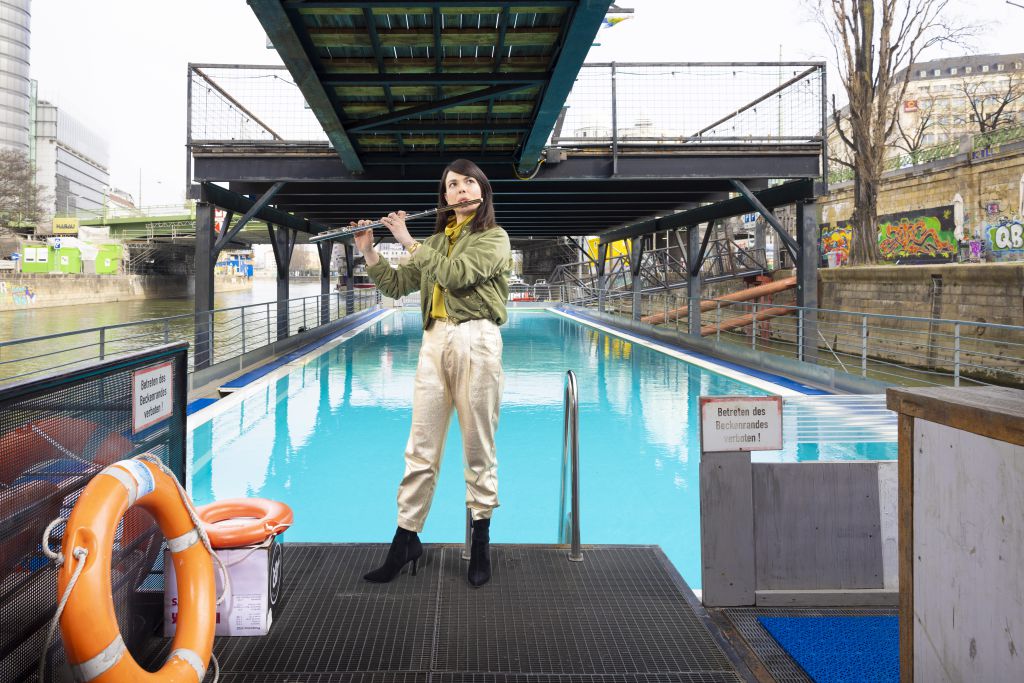
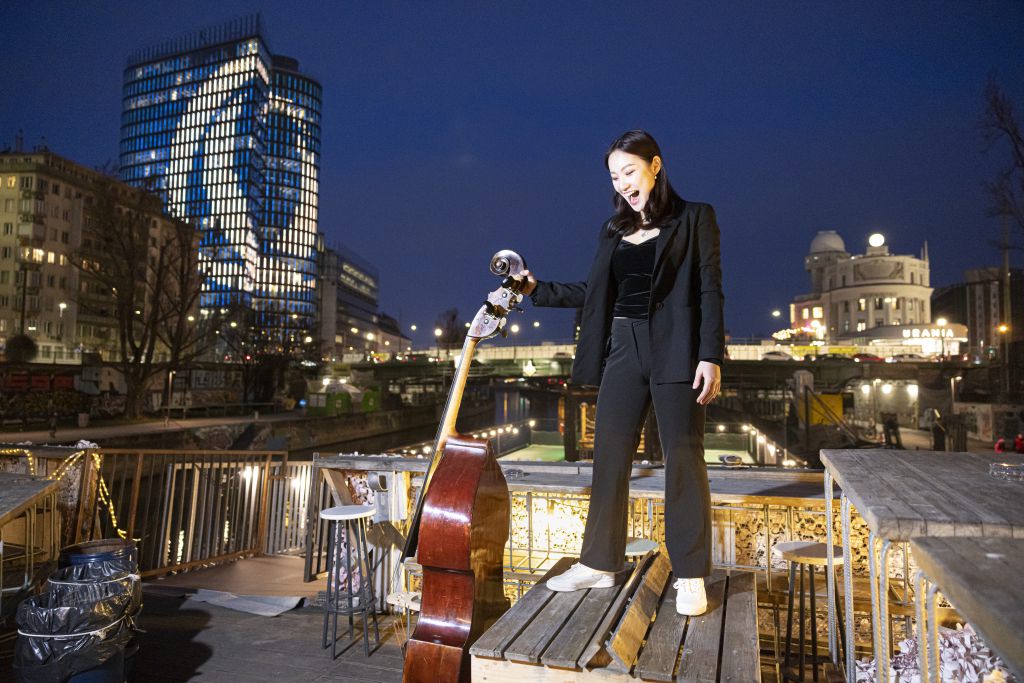
Going out to and approaching the audience
KlangBildKlang stands not only for music mediation that inhabits a broad range of levels and contexts but also for cooperation that extends beyond the spatial confines of the mdw. In this light, the performance venues mentioned above demonstrate the broad-based spatial resources on which the project draws. Its innovative concept opens up new places for arts and music mediation as well as for everyone involved, with a consistent focus on going out to and approaching the audience in a way that opens up new perspectives on both sides.

